What Is TON? What Drove Telegram to Forge an Exclusive Partnership with TON?
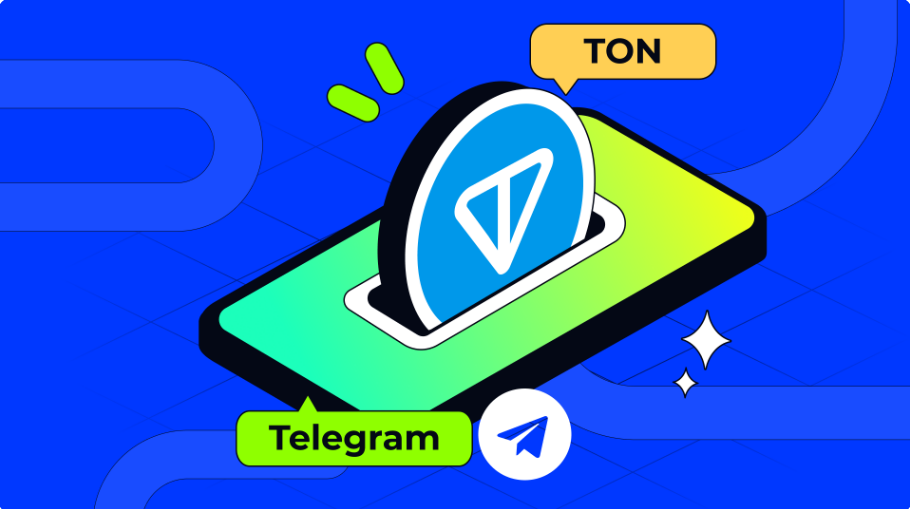

Abstract
The pivotal moment in Telegram and TON's separation occurred on May 8, 2020.
The multi-layered and multi-chain architecture of TON is the key to achieving its high transaction speed and scalability.
TON has entered the PoS stage, with an annual inflation rate of approximately 0.6% and a circulating supply of 3.441 billion tokens.
The development path of TON is likely to diverge from that of traditional public chains, as it leans towards application-driven finance.
Telegram and the TON Foundation formally announced their partnership and showcased the integration of TON's self-custodial crypto wallet, known as "TON Space." The next milestone is the global launch of this service to Telegram users, expected in November of this year.
What is TON?
The Telegram Open Network (TON) was initially designed as a decentralized Layer 1 public blockchain, characterized by its multi-layered and multi-chain architecture. Boasting scalability and sharding capabilities, TON aims to make blockchain transactions fast, efficient, and cost-effective. The TON network currently employs a Proof-of-Stake (PoS) consensus mechanism, in which TON tokens are used for transaction validation and to reward validators. As TON and Telegram establish a partnership, Telegram users can now buy and sell cryptocurrencies within the app through TON.
Historical Dispute Between TON and Telegram
The TON project, once gaining considerable fame in the crypto domain, has temporarily halted due to SEC regulatory scrutiny. In 2017, Telegram introduced the Telegram Open Network (the initial version of TON) and issued its native token, Gram. The following year witnessed an initial coin offering (ICO) conducted solely for a select group of investors, successfully raising a remarkable $1.7 billion in total. However, in 2019, the SEC filed charges against Telegram, alleging that the company conducted an unregistered offering of Gram tokens, violating the U.S. Securities Act. As a result, Telegram was not only barred from issuing Gram tokens globally but also from circulating the token worldwide.
The pivotal moment in Telegram and TON's separation occurred on May 8, 2020. Facing ongoing regulatory challenges, TON Labs, Telegram's technical partner, decided to proceed independently. They released a forked version known as Free TON, with TON Labs CEO Alexander Filatov introducing their token as TON Crystals to distinguish it from the original TON. Telegram distanced itself from TON Labs' release. On May 13, 2020, Telegram's founder Pavel Durov publicly announced the abandonment of the TON blockchain project and incurred an $18.5 million fine from the SEC.
The project was taken over by the developer community, and the new TON project forged ahead independently. In May 2021, the developer community named NEWTON stepped in to continue TON's research, operating as an independent entity separate from Telegram. Initially formed by members of the Telegram community, NEWTON rebranded itself as the TON Foundation later that year. Alongside this rebranding, TON transitioned from being called the "Telegram Open Network" to "The Open Network", and the native token on the platform changed from Gram to Ton Coin.
Telegram and TON have rekindled their partnership, marking a new chapter in the crypto space. In March 2023, Telegram expanded its encrypted chat features by introducing the @Wallet bot, developed by the TON Foundation. This bot enables Telegram users to send USDT directly within their chats, facilitating seamless buying, sending, and trading of Toncoin (TON) tokens within the application, all without incurring transaction fees. On September 13th, during the Token2049 event in Singapore, Telegram and the TON Foundation formally announced their partnership and showcased the integration of TON's self-custodial crypto wallet, known as "TON Space." The next milestone is the global launch of this service to Telegram users, expected in November of this year.
Underlying Technical Principles and Token Distribution of TON
The unique architecture of TON is the key to achieving its high transaction speed and scalability. TON's structure consists of a multi-layered, multi-chain framework, including the masterchain, workchains, and shardchains. The masterchain serves as the primary chain, storing essential information about validators, workchains, and their shards. It acts as a central repository for general network data. On the other hand, workchains, numbering up to 232, handle specific functions such as smart contract transactions and value transfers. They support the execution of decentralized applications (DApps) and ensure interoperability through standardized protocols. To enhance scalability and parallel transaction processing, TON implements shardchains within each workchain. Shardchains horizontally divide the database, with each shardchain handling a specific subset of accounts. This approach effectively reduces network load and enables faster transaction processing.
Moreover, the TON network currently employs a PoS consensus mechanism. Within the network, there are three distinct roles: Validators, Fishermen, and Collators. Validators play a key role in maintaining network security by staking TON tokens. Fishermen are pivotal for detecting whether validators have diligently performed their validation tasks, achieved by submitting proofs of invalid behavior. Validators proven to have acted dishonestly or negligently may face penalties. Collators are tasked with verifying the state of a specific shard and its neighboring shards, ensuring the accuracy and consistency of the shard's state, and relaying this information to the validators. They are typically rewarded by validators for their contributions. The PoS mechanism employed by TON enables efficient payment transactions, settlement payments, and transaction verification on the network.
Within the TON ecosystem, Ton Tokens play a crucial role in supporting the system's operations. When the Telegram Open Network (TON) testnet 2 was launched, 5 billion tokens were minted, and 1.45% of these were allocated to developers and testers. However, the SEC intervened, preventing Telegram from distributing tokens to investors and causing Telegram to halt its work on the TON ecosystem. Consequently, the testnet 2 tokens were placed in smart contracts. All available Toncoin tokens (TON) are now distributed through mining. These tokens are held in a specialized smart contract called the Giver contract, which allows anyone to participate in the mining process. The deadline for mining participation was June 28, 2022. Following the initial token distribution, TON transitioned into the PoS phase. As per the whitepaper, the PoS network rewards tokens equivalent to around 20% of the staked token amount, with an annual inflation rate of approximately 0.6%. Currently, the total token supply is 5.093 billion, with a circulating supply of 3.441 billion tokens.
Mainstream Projects on TON
TON Space
TON Space has already garnered a substantial user base, thanks to its user-friendly interface and an array of convenient features. The TON Foundation is expected to launch an upgraded version of Ton Space in November, integrating it with Telegram. This integration will enable users to conduct cryptocurrency transactions, manage their Telegram usernames, and handle DNS-related tasks. Additionally, the wallet features a peer-to-peer marketplace that facilitates seamless trading between cryptocurrencies and fiat currencies. This advancement paves the way for Telegram to potentially evolve into a "super app".
DeDust
DeDust is a DeFi platform developed by Scaleton for TON. It is the first application within Tonkeeper to fully migrate to TON Connect 2.0 and now supports nearly all available wallets on the TON blockchain. Currently, DeDust offers a comprehensive range of functionalities, including feature-rich DEX (Decentralized Exchange) and portfolio estimation tools.
STON.fi
STON.fi is an AMM DEX built on the TON blockchain, offering nearly zero fees, minimal slippage, a user-friendly interface, and seamless integration with TON wallets. At present, STON.fi provides essential DEX trading and liquidity provision functions, although it supports a limited number of tokens, including AMBR, FNZ, BOLT, TGR, TON, and WTON. According to DeFi Llama data, STON.fi currently boasts a total locked value of approximately $540,000, solidifying its position as one of the more established dApps on the TON blockchain.
TonStake
TonStake proudly positions itself as the first and largest staking pool for TON. It offers TON stakers an attractive APY of approximately 8.51% while applying a 10% service fee to its users. Additionally, TonStake provides an API to third-party service providers, allowing them to seamlessly integrate staking functionality into their platforms.
Future Development Opportunities and Risks for TON
Considering its technical advantages and application scenarios, TON's development trajectory is expected to deviate from that of traditional public blockchains. Taking the current on-chain data into account, TON's ecosystem has a relatively low TVL and a limited number of on-chain applications. However, in March 2023, Telegram expanded its encrypted messaging features by introducing the @Wallet bot developed by the TON Foundation. This bot allows users to send USDT directly within chats, drawing considerable attention to TON. The subsequent popularity of Telegram Bots is also somewhat related to this development. With the recent collaboration between TON and Telegram, we anticipate that TON's future development will demonstrate a stronger strategic synergy with Telegram.
From a technological perspective, TON's multi-layer, multi-chain structure enables it to process millions of transactions per second, surpassing the performance of mainstream public chains. This positions TON to compete with established Web2 networks. From a user's standpoint, TON's collaboration with Telegram, a mainstream social application with over 800 million global users, suggests that TON's development direction is likely to revolve around the integration of encrypted finance and social functionalities. Unlike the current development trajectory of public chains, TON is more likely to achieve a breakthrough through killer applications. Similar to how WeChat's Red Packets ignited WeChat's growth, killer applications will subsequently fuel the explosion of the TON DeFi ecosystem. Additionally, according to statistics from ton.app, there are currently 551 apps within the TON ecosystem, but the majority of them are not financial DeFi products. This underscores the importance of achieving breakthroughs in applications as a crucial aspect of TON's primary development focus.
Notably, before Telegram unveiled its plan to integrate the TON wallet, they launched a product referred to as the app center. This app center offered dozens of applications across various categories, all seamlessly linked to the wallet. Users could conveniently perform all operations within the Telegram app, much like the functionality of WeChat mini-programs. Telegram's strategic moves indicate their ambition to become a "super app" supporting encrypted finance in the Web3 era. In this context, TON's role as a foundational infrastructure for Telegram stands out as a key factor in solidifying its position within the ecosystem.
While TON offers substantial opportunities for future development, it also carries various uncertainties and risks for investors. For one thing, there is a notable concentration of TON tokens, increasing the potential for manipulation by large holders. According to data, out of the initial 5 billion TON tokens, 1.45% were assigned to the team. Beginning in June 2020, TON introduced mining through Proof-of-Work (PoW), which constituted 98.55% of the total supply, with the last TON token mined in June 2022. As of now, the top ten addresses (excluding official holdings) jointly possess around 26% of the total TON supply. For another thing, TON may encounter regulatory risks and legal scrutiny, including concerns related to money laundering, tax evasion, and other regulatory compliance issues. These factors could potentially present challenges to TON's operations and introduce uncertainties for investors.

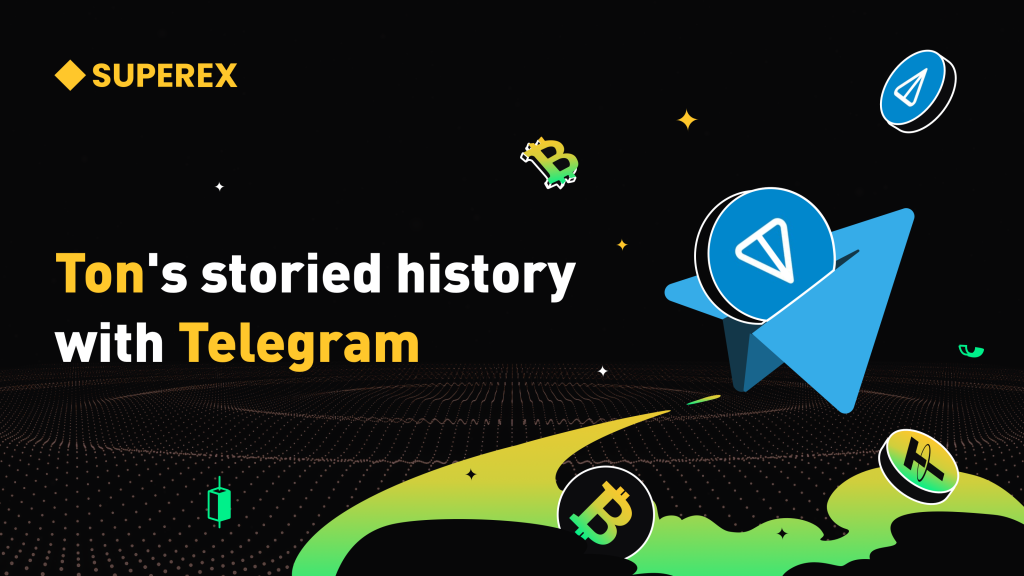
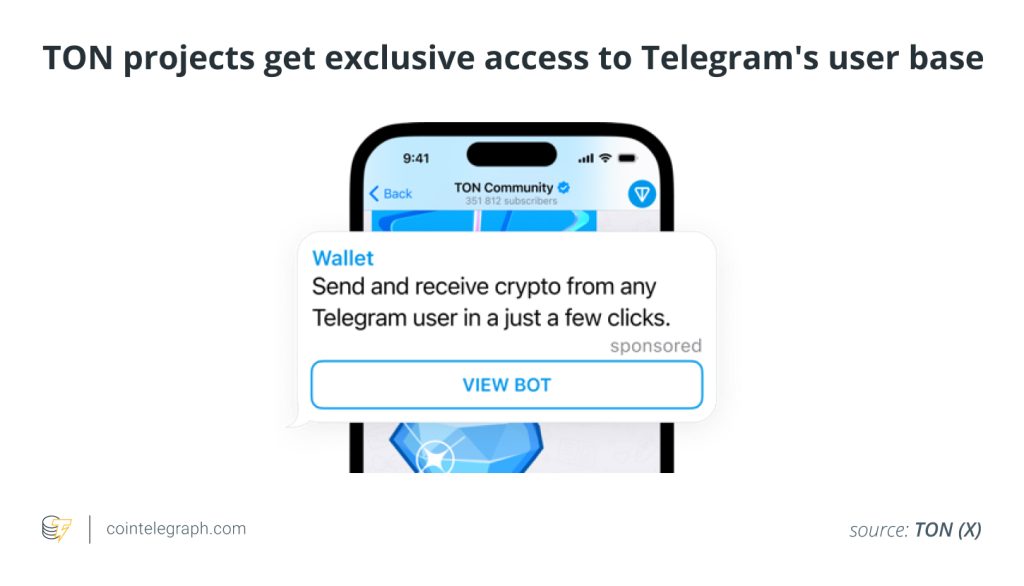
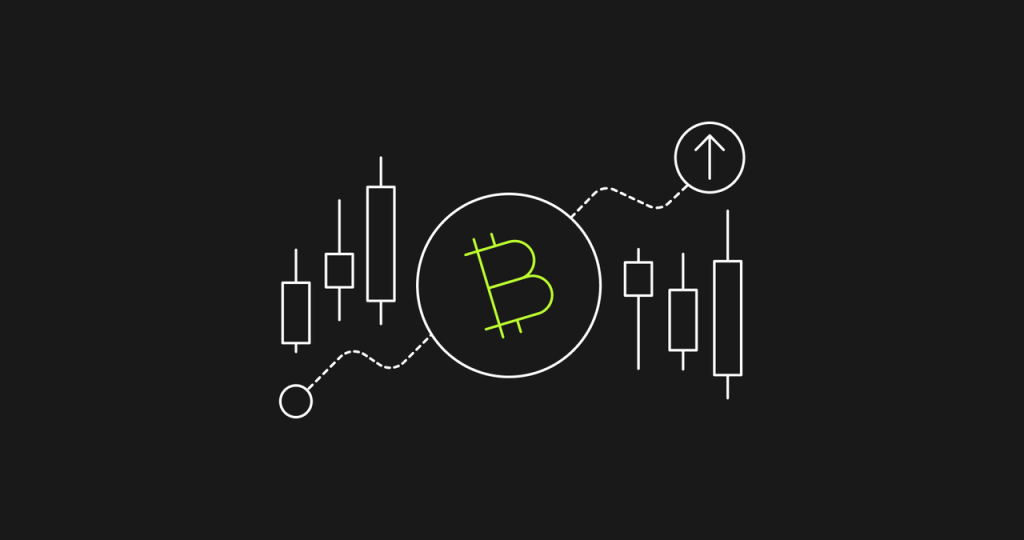
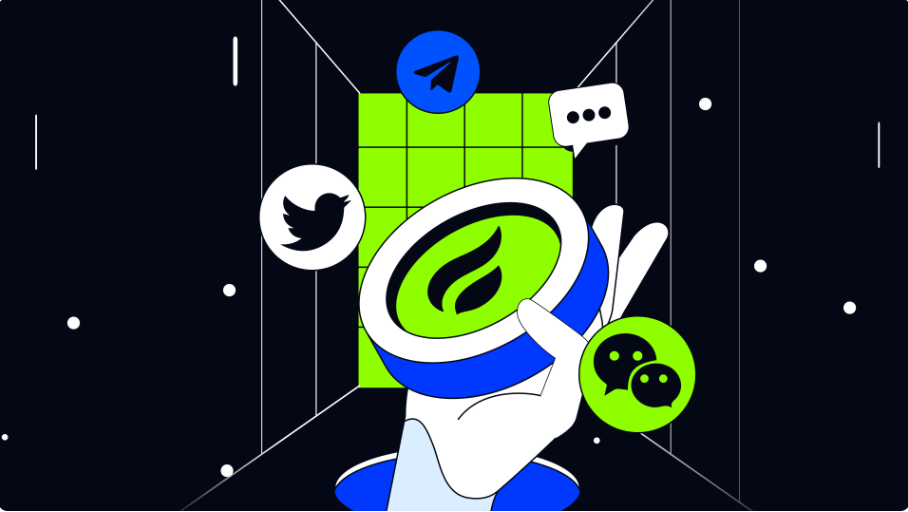
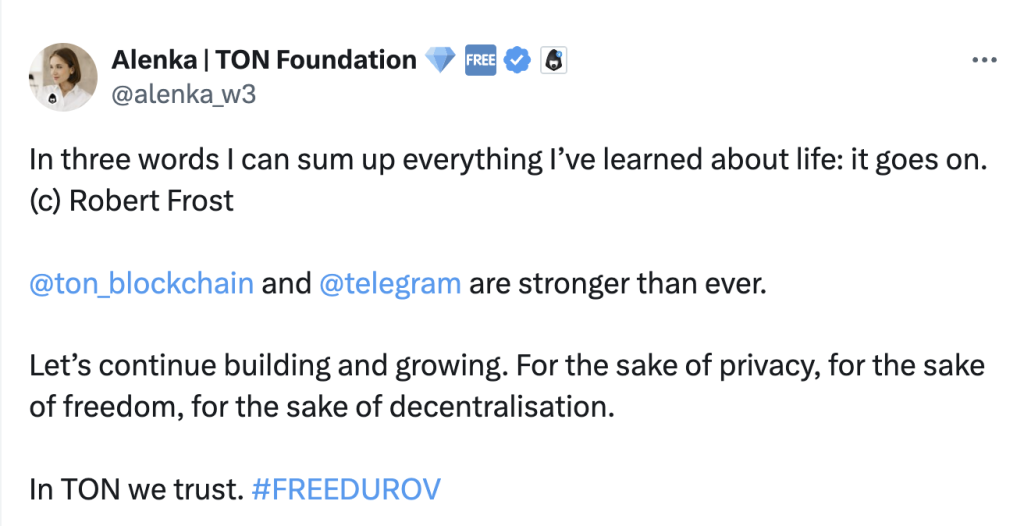
… [Trackback]
[…] Find More to that Topic: x.superex.com/academys/deeplearning/1973/ […]
… [Trackback]
[…] Read More to that Topic: x.superex.com/academys/deeplearning/1973/ […]
… [Trackback]
[…] Find More to that Topic: x.superex.com/academys/deeplearning/1973/ […]
… [Trackback]
[…] Here you will find 97829 additional Info on that Topic: x.superex.com/academys/deeplearning/1973/ […]
… [Trackback]
[…] Read More on that Topic: x.superex.com/academys/deeplearning/1973/ […]
… [Trackback]
[…] There you will find 95728 additional Info to that Topic: x.superex.com/academys/deeplearning/1973/ […]
… [Trackback]
[…] Find More on that Topic: x.superex.com/academys/deeplearning/1973/ […]
… [Trackback]
[…] Read More Info here to that Topic: x.superex.com/academys/deeplearning/1973/ […]
… [Trackback]
[…] Find More Information here on that Topic: x.superex.com/academys/deeplearning/1973/ […]
… [Trackback]
[…] Find More to that Topic: x.superex.com/academys/deeplearning/1973/ […]
… [Trackback]
[…] There you can find 5839 more Information to that Topic: x.superex.com/academys/deeplearning/1973/ […]
… [Trackback]
[…] Info on that Topic: x.superex.com/academys/deeplearning/1973/ […]
… [Trackback]
[…] There you can find 60609 more Info to that Topic: x.superex.com/academys/deeplearning/1973/ […]
… [Trackback]
[…] Find More Info here on that Topic: x.superex.com/academys/deeplearning/1973/ […]
… [Trackback]
[…] Find More Information here to that Topic: x.superex.com/academys/deeplearning/1973/ […]
… [Trackback]
[…] There you will find 32830 more Info on that Topic: x.superex.com/academys/deeplearning/1973/ […]
… [Trackback]
[…] Read More Info here on that Topic: x.superex.com/academys/deeplearning/1973/ […]
… [Trackback]
[…] Info on that Topic: x.superex.com/academys/deeplearning/1973/ […]
… [Trackback]
[…] Find More here on that Topic: x.superex.com/academys/deeplearning/1973/ […]
… [Trackback]
[…] Info to that Topic: x.superex.com/academys/deeplearning/1973/ […]
… [Trackback]
[…] Information on that Topic: x.superex.com/academys/deeplearning/1973/ […]
… [Trackback]
[…] Info on that Topic: x.superex.com/academys/deeplearning/1973/ […]